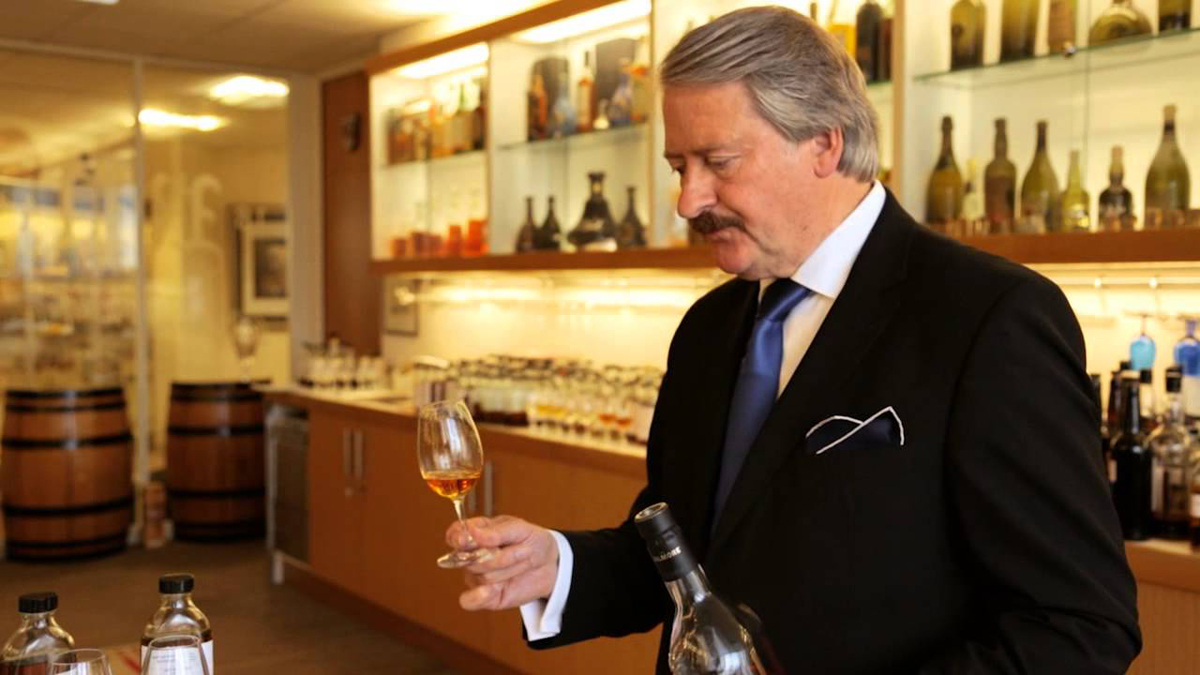September Scotch: The Dalmore Single Malts
Drink along with us as we explore five whisky brands from Scotland in one month

There are at least 115 single malt Scotch distilleries in Scotland. Some of them produce multiple brands within. This accounts for, by the way, only 8% of the market. The other 92% goes toward blended Scotch. But how does one navigate the elusive, delightful world of single malts? The answer is flavor—and a lot of times flavor pertains to region (though, with tremendous variation). For some, it’s best to simplify Scotch down to oak and smoke, but both can be further divided by the impact of sherry. This summer, we had our first go at The Dalmore portfolio and remarkably, it defied expectation.
The Dalmore (established back in 1839) is produced in Alness, Scotland—about 20 miles north of Inverness. It’s part of the northern Highlands, but Dalmore itself is not what one expects from Highland Scotch. Unlike common associations with Dufftown Speyside whiskies (Dewars, Macallan, and the Glens), the Dalmore profile centers around the Christmas cake-like notes produced by aging in sherry barrels. These are dried fruits and winter spices on the tongue. All of which is conveyed by along with a deep copper color. Many other Highland single malts have this essence (including the aforementioned Macallan, and the Dewar’s heart-note Aberfeldy) but with The Dalmore, it’s different.

A few weeks ago, we sat down with Richard Paterson, the master blender of The Dalmore and parent company Whyte & Mackay. Paterson’s been in the whisky world for 50 years now and famously had his nose insured by Lloyd’s of London for £1.5 million—and rightfully so, as it keeps the quality of his whiskies intact. Before we tasted any spirit, he gave us a little more insight on his background and how it affects the brand. “Whisky has been in my blood since the really tender age of eight years old,” he explains to CH. “My father wanted to introduce me to the art of his world, to his whisky, so he took me to his bond one day when I was eight and introduced me to the styles that he had.” Rather than have him sip, Paterson’s father had him smell it and tested him. “Is it as heavy as your grandfather, as light as your mother or is it as sweet as your chocolate bar or as dry as the dust in the floor?” he was asked. It instilled the importance of scent at that very moment.

Whether you’re nosing or tasting, sherry matters most here, even in their base range. “We produce a standard 12-year-old,” Paterson begins. “That’s 50% American white oak, 50% sherry. We also do a 15-year-old, which is three different styles of sherry: Methuselah sherry, Apostoles sherry and Oloroso.” Naturally, an 18 comes next. “Our 18-year-old spends 14 years in American white oak and then four years in sherry,” Paterson notes. “This is a style of whisky you would serve after dinner. If you want to impress your friends, serve them a crème brûlée, give them a beautiful coffee and a Dalmore 18. Follow it up with some dark chocolate. That brings all the flavors together.” We’d have to agree that this is an impressive conversation. And trying the 18, which retails between $100 and $160, does call upon those notes gracefully.

Beyond the age statement range, there are many more permanent and limited release expressions. The Dalmore Cigar Malt is composed of whisky aged in a percentage of 70% Oloroso sherry wood, 20% American white oak and 10% cabernet sauvignon barrels from Bordeaux. It’s very complex with bits of mint and licorice making their presence known. The spirit within is 18 to 21 years old. The Dalmore’s King Alexander III is the only single malt in the world with six different cask finishes. It’s matured in Port, Madeira, Marsala, Cabernet Sauvignon, small-batch bourbon and Methuselah. This means a lot is going on here. Six separate assemblages, each aged differently, unite. It’s very long-lasting, and new flavors roll out—from plum to orange and vanilla.

Paterson has also overseen the brand’s Constellation series, the latest of which is the 1973 Constellation—which retails for $21K. We tried it. And the American oak aging, followed by three years in an ex-Cabernet Sauvignon wine cask made from French oak, lends the 32-year-old spirit a remarkable nature with vanilla giving way to ripe red fruits. All of the pieces in the Constellation collection, which debuted in 2012, are select vintages, in limited releases. There are 21 releases total. It’s roughly $300K for one set of them all. These are for collectors—or gifts for that person who has everything. These are specially selected casks that reflect Dalmore in different light across the years.
“This is not a Speyside that’s vanilla and floral and honey. It’s rich and compacted, with deep body and character,” Paterson concludes about Dalmore as a whole. The brand is one that uses a coloring additive to add visual depth to some of their products (not the Constellation series) but that doesn’t mean it’s not tasty. In fact, the 15 is one of the strongest in the portfolio for its price. But those high-end expressions, they’re something for the collector—or anyone seeking something truly uncommon and well crafted.
Tasting images by Emily Arden Wells, Constellation image via Whisky Intelligence, all other images courtesy of The Dalmore












